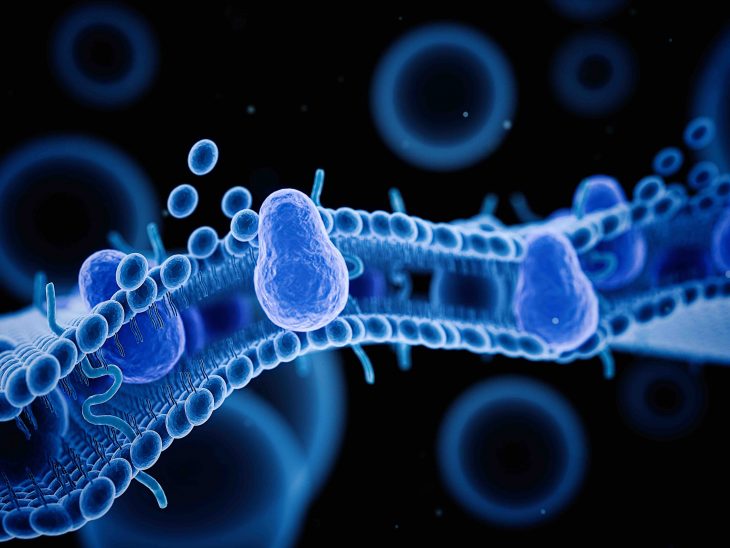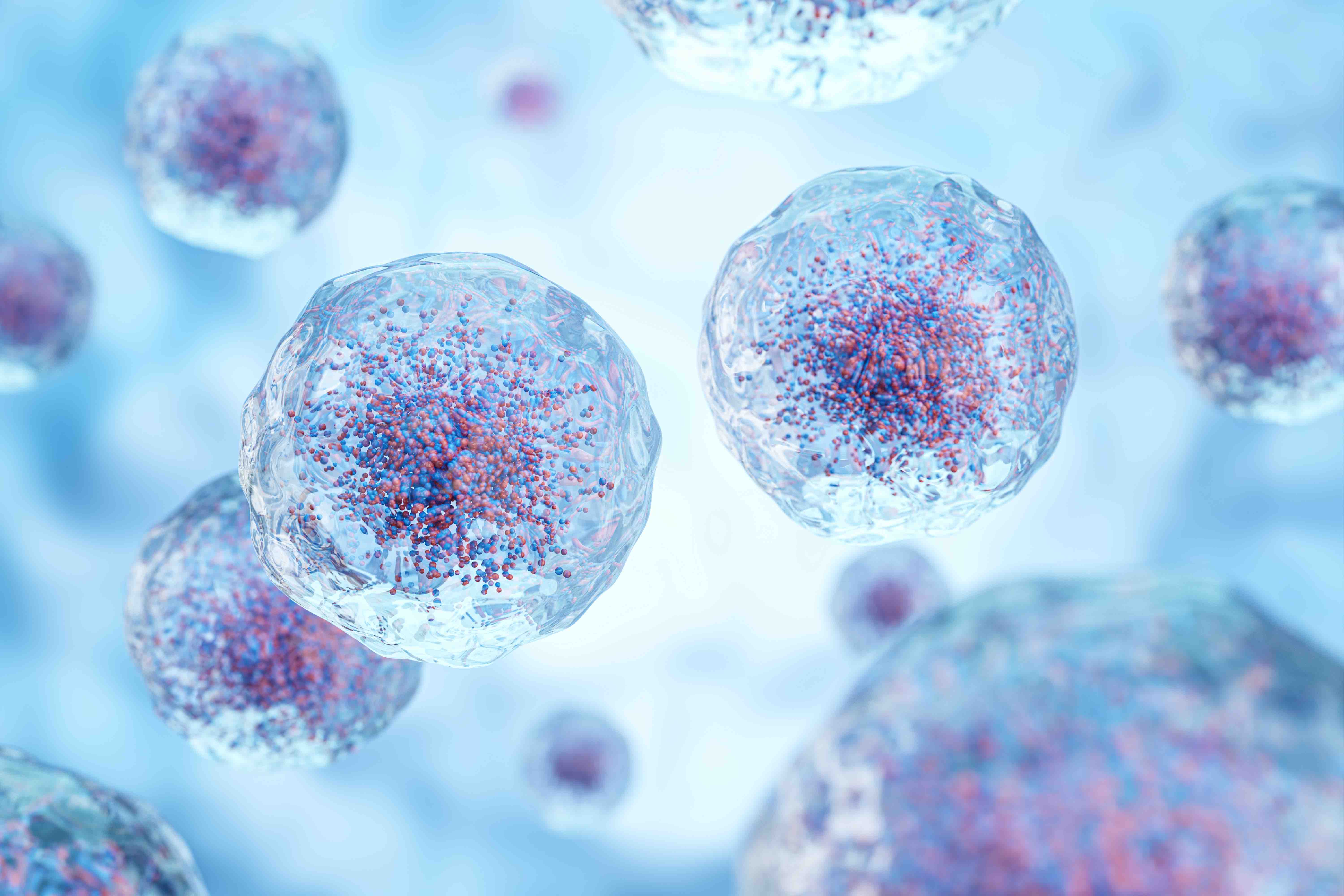
The cell membrane, also known as the plasma membrane, is a vital component of every living cell. It serves as a protective barrier, controlling the flow of substances in and out of the cell. Beyond its fundamental role, the cell membrane holds intriguing secrets that reveal the complexity and wonder of cellular life. In this article, we will explore 19 fun and captivating facts about the cell membrane that will deepen your understanding of this essential structure.
Selective Permeability
The cell membrane exhibits selective permeability, meaning it allows certain substances to enter or exit the cell while blocking others. This regulation ensures the cell maintains its internal environment.
Phospholipid Bilayer
The cell membrane consists of a phospholipid bilayer, with hydrophilic (water-loving) heads facing the outer and inner surfaces and hydrophobic (water-fearing) tails sandwiched in between. This unique structure contributes to the membrane’s stability.
Fluid Mosaic Model
According to the fluid mosaic model, the cell membrane is a fluid structure composed of various molecules, including phospholipids, proteins, and cholesterol. These components move laterally within the membrane, providing flexibility and allowing cellular processes to occur.
Integral Proteins
Integral proteins are embedded within the phospholipid bilayer and perform crucial functions such as transporting molecules across the membrane and acting as receptors for cell signaling.
Peripheral Proteins

Peripheral proteins attach to the inner or outer surface of the cell membrane, contributing to its stability and participating in cell signaling.
Cholesterol’s Role
Cholesterol molecules are interspersed within the cell membrane and help regulate fluidity. They prevent the membrane from becoming too rigid or too permeable, maintaining an optimal balance.
Glycoproteins and Glycolipids
Glycoproteins and glycolipids on the cell membrane’s outer surface play essential roles in cell recognition, immune response, and cell adhesion.
Active Transport
Active transport refers to the process by which cells move molecules against their concentration gradient, requiring energy and specific carrier proteins within the cell membrane.
Passive Transport
Passive transport includes diffusion, facilitated diffusion, and osmosis, allowing molecules to move across the cell membrane without the need for cellular energy.
Endocytosis and Exocytosis
Endocytosis is the process of engulfing substances in the cell by forming vesicles from the cell membrane. Exocytosis is the opposite, where vesicles fuse with the membrane, releasing their contents outside the cell.
Cell Signaling
The cell membrane contains receptors that receive signals from external molecules, initiating a cascade of intracellular events. This process is crucial for cell communication and coordination.
Cell Adhesion
Cell adhesion molecules on the cell membrane facilitate cell-to-cell interactions, enabling the formation of tissues and organs during development.
Voltage-Gated Ion Channels
Voltage-gated ion channels on the cell membrane open or close in response to changes in the electrical potential across the membrane. They play a vital role in nerve impulses and muscle contractions.
Cell Recognition
The cell membrane carries unique markers that allow cells to recognize and distinguish self from non-self, a critical aspect of the immune response and tissue compatibility.
Cell Growth and Division

During cell growth and division, the cell membrane expands and divides to accommodate the increased volume and ensure equal distribution of genetic material.
Protection Against Pathogens
The cell membrane acts as a barrier against pathogens, preventing their entry into the cell and protecting the internal environment from harmful substances.
Sensing the Environment
Specialized receptors on the cell membrane allow cells to sense external cues such as light, temperature, and chemical signals, enabling them to respond and adapt to their surroundings.
Cell-to-Cell Communication
Gap junctions on the cell membrane create channels between adjacent cells, allowing direct communication and exchange of small molecules and ions.
Cell Membrane Repair
In the event of damage, the cell membrane can repair itself through various mechanisms, ensuring the cell’s integrity and functionality.
Final Word
In conclusion, the cell membrane is a fascinating structure that not only serves as a barrier but also plays a crucial role in maintaining cellular homeostasis, communication, and protection. Its selective permeability, fluid mosaic nature, and diverse functions make it a captivating subject for exploration. By delving into the intricacies of the cell membrane, we gain a deeper appreciation for the complexities of life at the cellular level. Remember to cherish the wonders of the cell membrane—our gateway to understanding the mysteries of life.
Frequently Asked Questions (FAQs)
What happens if the cell membrane loses its selective permeability?
Without selective permeability, the cell would lose control over the substances entering and exiting, leading to disturbances in its internal environment and potentially compromising cell function.
Can the cell membrane repair extensive damage?
While the cell membrane has repair mechanisms, severe damage may exceed its repair capacity. In such cases, the cell may undergo programmed cell death or apoptosis.
Are all cell membranes the same?
While the basic structure of cell membranes is similar, variations exist among different cell types. These variations allow cells to perform specialized functions in various tissues and organs.
How do cells recognize each other during development?
Cells recognize each other through interactions between specific proteins and carbohydrates on their surfaces, ensuring proper tissue formation and organ development.
Can the cell membrane change its composition?
Yes, the cell membrane can adjust its lipid and protein composition in response to changes in the cellular environment, allowing the cell to adapt to different conditions.
Was this page helpful?
Our commitment to delivering trustworthy and engaging content is at the heart of what we do. Each fact on our site is contributed by real users like you, bringing a wealth of diverse insights and information. To ensure the highest standards of accuracy and reliability, our dedicated editors meticulously review each submission. This process guarantees that the facts we share are not only fascinating but also credible. Trust in our commitment to quality and authenticity as you explore and learn with us.
